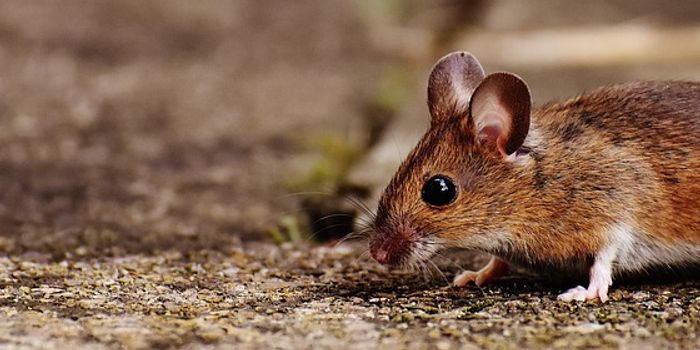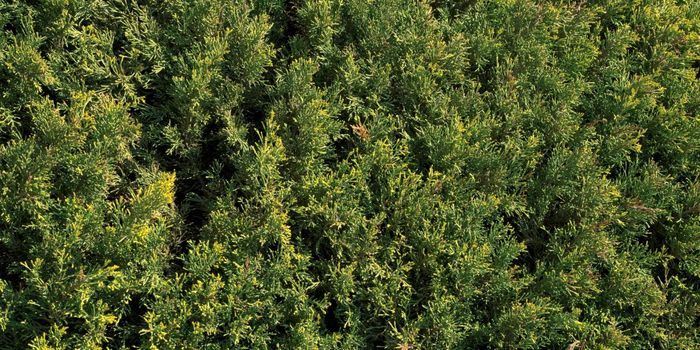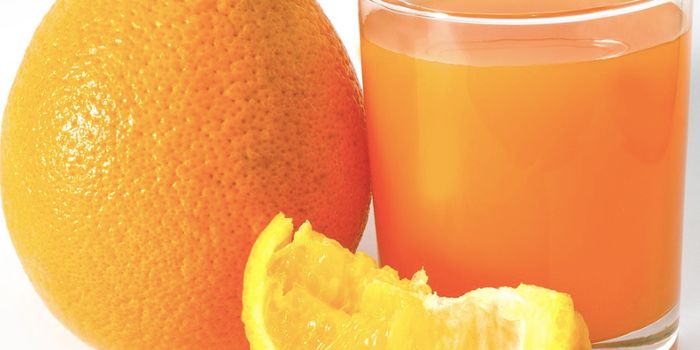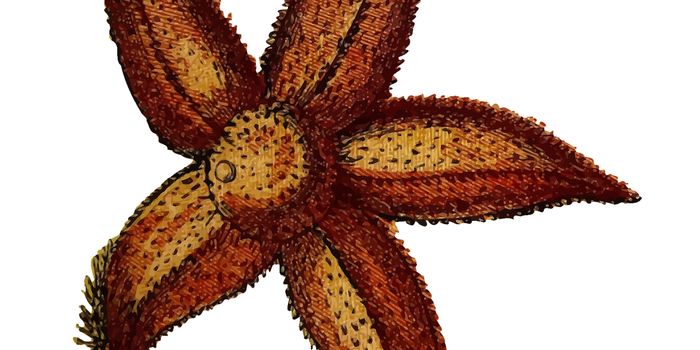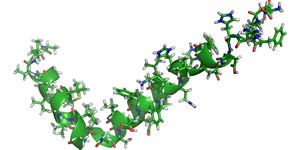Researchers from the University of Illinois-Urbana Champaign studied saddleback Tamarin monkeys in the South American rainforests in the northern section of Bolivia to see if they could get detailed information on the diet of the species. The monkeys are difficult to observe when they feed however, so the team turned to analyzing the droppings for more information.
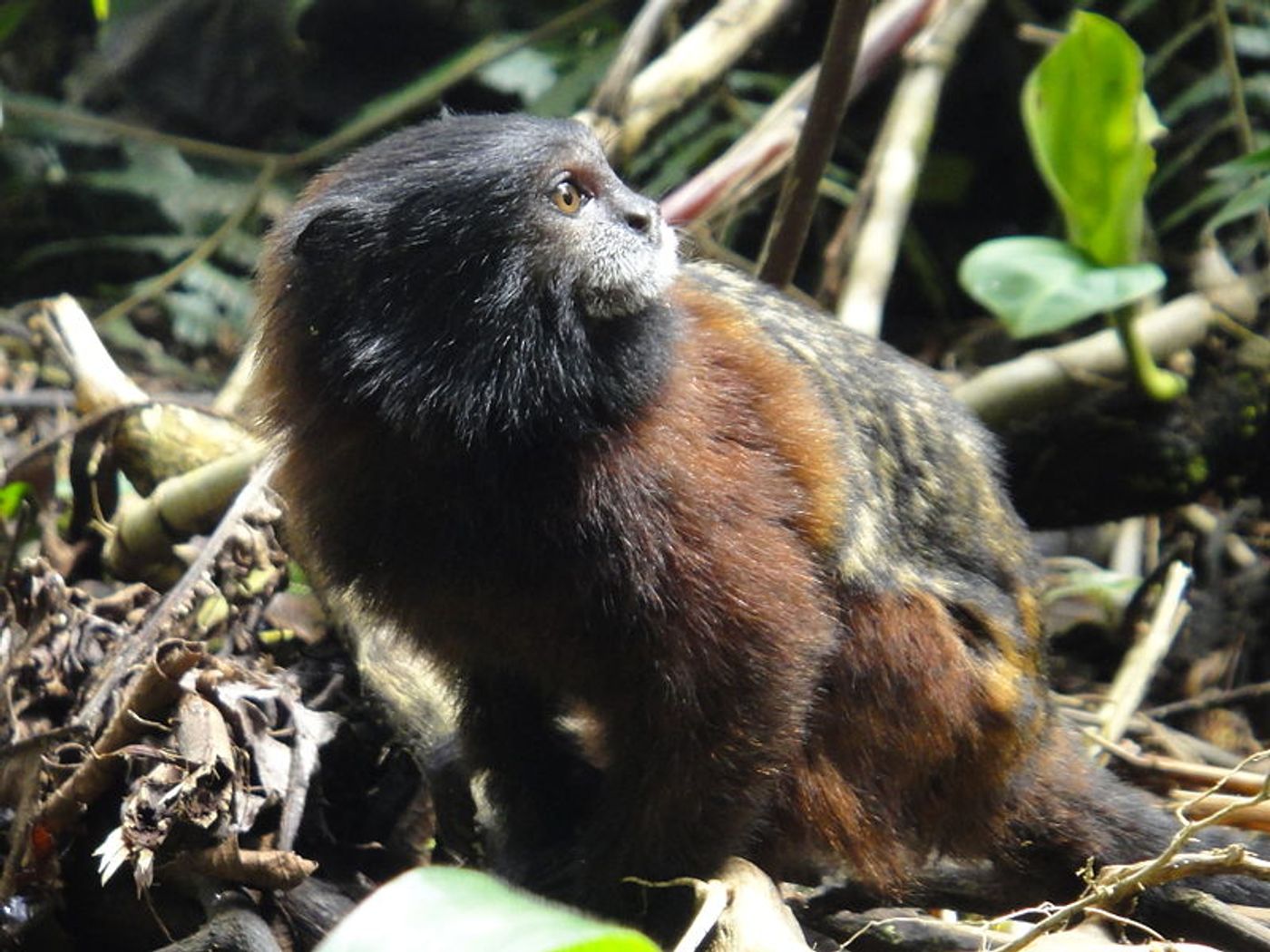
Previous studies of the tamarins indicated their diet was composed of fruit, invertebrates, gums and saps as well as various nectars. This study was able to expand on the invertebrates consumed and found 20 families and genera being consumed by the tamarins that scientists had not observed before.
Paul Garber, an emeritus professor of anthropology at the University, and the study's co-author cautioned that it wasn't just about going out and collecting monkey poo. In an article by Claire Sturgeon about the study, he stated, "There is no substitute for going out and watching what the animals do, where they acquire the food, whether they forage alone or work together in a coordinated way, and whether that gives them an advantage in capturing prey. There are a lot of questions that require you to go out and watch them."
(Source: Institute for Genomic Biology, University of Illinois at Urbana-Champaign)


